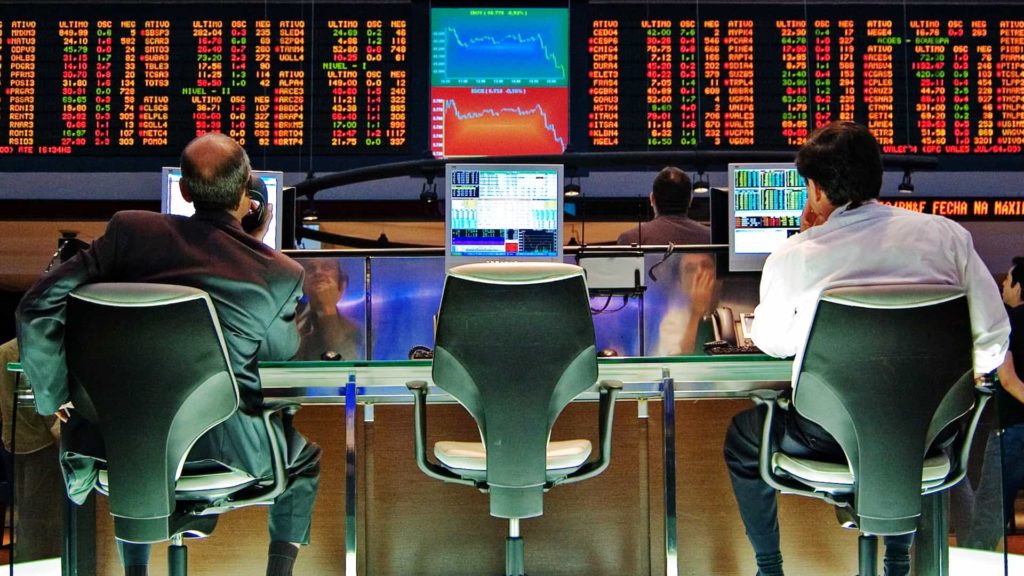Economic Uncertainty
Economic Uncertainty
With the CoVID-19 Pandemic hot on the heels of the Global Financial Crisis, inequality and economic uncertainty are the highest levels in generations. Listen or scroll for more on:
- Economic Uncertainty is the highest it has been in modern times
- The World’s Economic Growth is Slowing
- AI Labor Impact and Climate Change are two key uncertainty factors
- KIC Economies are needed for the 21st Century
- Unemployment and Labor Shortages simultaneously
- Government and Governance will be radically changed
Economic Uncertainty is the highest it has been in modern times
Economic uncertainty has increased 300-400% just in the first two decades of the 21st century. There is always uncertainty about the future. But large increases in uncertainty of the kind that have been generated by the global pandemic confound the ability of investors and households alike to form a confident view about the future. This has a dampening effect on economic growth at a time when the economy is already under extreme pressure globally.


Economic Uncertainty is the highest it has been in modern times
Economic uncertainty has increased 300-400% just in the first two decades of the 21st century. There is always uncertainty about the future. But large increases in uncertainty of the kind that have been generated by the global pandemic confound the ability of investors and households alike to form a confident view about the future. This has a dampening effect on economic growth at a time when the economy is already under extreme pressure globally.

The World’s Economic Growth is Slowing
Even before the global coronavirus pandemic, economists have been warning us for more than a decade that world economic growth is slowing. Major advanced economies, which comprise 60% of global economic activity, are projected to operate below their potential output level through at least 2024, which indicates lower national and individual economic welfare relative to pre-pandemic levels.
AI Labor Impact and Climate Change are two key uncertainty factors
Rapid advances in artificial intelligence (AI) and automation technologies have the potential to significantly disrupt labor markets. Rising automation is happening in a period of growing economic inequality, raising fears of mass technological unemployment and a renewed call for policy efforts to address the consequences of technological change. Climate change will likely affect more than 90% of the world’s economy and is likely to cut global economic activity by nearly 20% alone.


AI Labor Impact and Climate Change are two key uncertainty factors
Rapid advances in artificial intelligence (AI) and automation technologies have the potential to significantly disrupt labor markets. Rising automation is happening in a period of growing economic inequality, raising fears of mass technological unemployment and a renewed call for policy efforts to address the consequences of technological change. Climate change will likely affect more than 90% of the world’s economy and is likely to cut global economic activity by nearly 20% alone.

KIC Economies are needed for the 21st Century
The skills, industries and supply chains of the 21st century are extremely different from economies of the 19th and 20th century. The fourth industrial revolution will require infrastructure, education and investment that reshape the way we think about core economic capabilities. Economies will need to be Knowledge-Information-Creative (KIC) to compete in the world that is emerging. The old industrials, blue chip corporations of the 20th century may not even survive that transition.
Unemployment and Labor Shortages simultaneously
Unemployment reached 14.8% in the United States in April 2020, the highest recorded level in US history, even higher than the Great Depression. The UN predicts that more than 200 million people globally will remain unemployed in 2022 alone. As the world adapts to the post-pandemic and early climate crisis world, old industries will fail (coal plants for example) and new industries will rise up, but this is a double whammy for employment. Workers in old industries will go without work, while we aren’t adequately training for emerging jobs – so we’ll have both high unemployment rates and labor shortages simultaneously.


Unemployment and Labor Shortages simultaneously
Unemployment reached 14.8% in the United States in April 2020, the highest recorded level in US history, even higher than the Great Depression. The UN predicts that more than 200 million people globally will remain unemployed in 2022 alone. As the world adapts to the post-pandemic and early climate crisis world, old industries will fail (coal plants for example) and new industries will rise up, but this is a double whammy for employment. Workers in old industries will go without work, while we aren’t adequately training for emerging jobs – so we’ll have both high unemployment rates and labor shortages simultaneously.

Government and Governance will be radically changed
The economic and political models of today clearly accentuate inequality, and will continue to do so unless major changes are made. But the political will is not yet there. However, automation will allow us to provide universal care for all citizens at a fraction of the cost of the existing bureaucratic systems today. Healthcare in the US, for example, could be provided to every man, woman and child for free, at less than one-third of the cost of today.